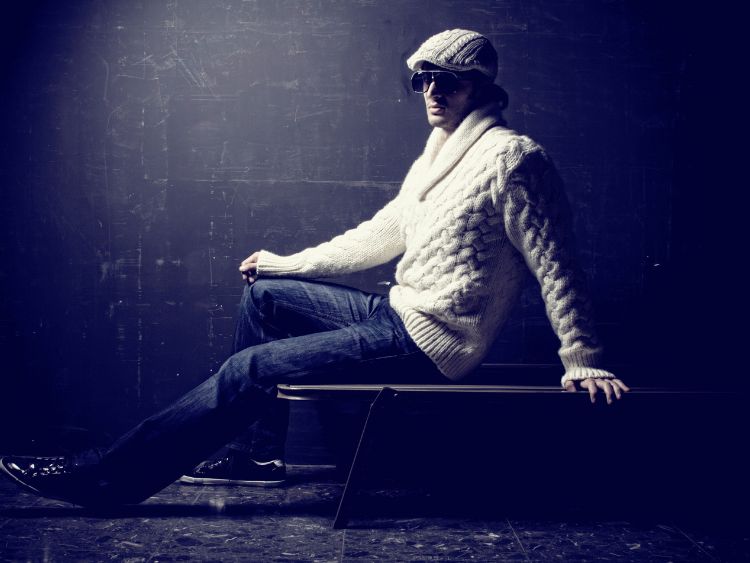The Roaring Twenties in Style
Ah, the 1920s—an era of jazz, Prohibition, and, most importantly, groundbreaking fashion. Known as the Roaring Twenties, this decade saw the rise of bold, carefree styles that broke all previous norms. With the end of World War I, people craved liberation, and it showed in their clothes. Women embraced shorter hemlines and fringe, while men opted for sharp suits and dapper accessories.
In this article, we’ll journey through the trends, influences, and key pieces that made roaring 20s fashion an unforgettable chapter in style history.
Why the Roaring Twenties Were a Game-Changer for Fashion
The 1920s brought dramatic cultural shifts, and fashion was at the heart of this revolution. Here’s why:
- Women’s Liberation: With the suffragette movement achieving voting rights for women, there came a newfound sense of independence. Clothing styles followed suit, becoming less restrictive.
- Prohibition and Speakeasies: Underground jazz clubs weren’t just about music; they became hubs for showcasing flashy attire.
- Economic Boom: More disposable income meant people could afford luxurious fabrics like silk and velvet.
- Art Deco Influence: The geometric patterns of the art deco movement inspired fashion designers, creating iconic, angular designs.
Iconic Trends of Roaring 20s Fashion
1. The Flapper Look
When you think of roaring 20s fashion, flappers are the first thing that comes to mind. These daring women broke societal norms with their bold outfits and carefree attitudes.
- Short Dresses: Hemlines rose to the knee, a shocking contrast to the ankle-length skirts of the previous decade.
- Fringe and Beading: Dresses often featured elaborate fringe and beaded designs, adding movement and sparkle for the dance floor.
- Bobbed Hair: Flappers sported short, boyish bobs that symbolized rebellion.
- Accessories: Long pearl necklaces, feathered headbands, and cloche hats completed the look.
2. Men’s Dapper Attire
While women’s fashion stole the spotlight, men’s style wasn’t far behind. The 1920s introduced sleek tailoring and a polished aesthetic.
- Suits: Three-piece suits with wide lapels and high-waisted trousers were in vogue.
- Oxford Bags: These loose-fitting trousers were a casual yet stylish alternative to formal pants.
- Accessories: Pocket watches, bow ties, and fedora hats added sophistication.
- The Gatsby Effect: Thanks to F. Scott Fitzgerald’s The Great Gatsby, the image of the suave, well-dressed gentleman became iconic.
Fabrics and Patterns That Defined the Decade
The Roaring Twenties weren’t just about cuts and styles; fabrics and patterns played a huge role in shaping the decade’s aesthetic.
Luxurious Fabrics
- Silk: This lightweight fabric was perfect for the flowing dresses of the time.
- Velvet: Used for evening wear, it added a touch of opulence.
- Chiffon: Popular for its sheer and delicate quality.
Art Deco Patterns
The geometric, symmetrical patterns of the art deco movement appeared on everything from dresses to accessories. These designs reflected the era’s love for innovation and elegance.
Accessories: The Cherry on Top
For Women
- Headbands: Adorned with feathers, jewels, or sequins, headbands were a flapper staple.
- Opera Gloves: These long gloves were a must-have for evening events.
- Handbags: Beaded clutches became popular, offering a compact yet stylish way to carry essentials.
For Men
- Cufflinks: A subtle yet classy addition to any suit.
- Suspenders: Both functional and fashionable.
- Spats: These shoe covers were a hallmark of polished menswear.
The Role of Jazz in Roaring 20s Fashion
Can we really talk about roaring 20s fashion without mentioning jazz? This music genre didn’t just set the rhythm for the dance floor; it influenced clothing choices. Fast-paced dances like the Charleston called for outfits that allowed for movement—hence the flapper dresses with fringe and men’s looser fits.
FAQs
What were the defining features of roaring 20s fashion?
The 1920s fashion was all about breaking norms. Women’s dresses became shorter and looser, often adorned with fringe and beads. Men embraced tailored suits, fedoras, and bold patterns.
Why is roaring 20s fashion still relevant today?
The era’s focus on individuality and boldness continues to inspire modern designers. Elements like art deco patterns and flapper-style dresses often make comebacks in contemporary collections.
How did the economy affect roaring 20s fashion?
The economic boom allowed people to spend more on luxurious clothing and accessories. Mass production also made trendy styles more accessible.
Were accessories important in the 1920s?
Absolutely! Accessories like headbands, gloves, and pocket watches were essential for completing the roaring 20s look.
Did men’s fashion change as much as women’s during this era?
While men’s fashion wasn’t as revolutionary, it still evolved. Sharp tailoring, Oxford bags, and accessories like fedoras became defining elements of the decade.
Conclusion: Why Roaring 20s Fashion Will Always Be Timeless
Roaring 20s fashion wasn’t just about clothes—it was a cultural statement. It symbolized liberation, creativity, and a desire to live life to the fullest. From the bold flapper dresses to the dapper menswear, every piece told a story of rebellion and elegance.
Even today, the influence of the 1920s can be seen on runways and in everyday style. It’s a reminder that fashion is more than just fabric—it’s a reflection of society, culture, and dreams.
Authoritative Links
- www.history.com/topics/roaring-twenties
- www.metmuseum.org/art/art-at-the-met/1920s-fashion
- www.vam.ac.uk/articles/1920s-fashion

